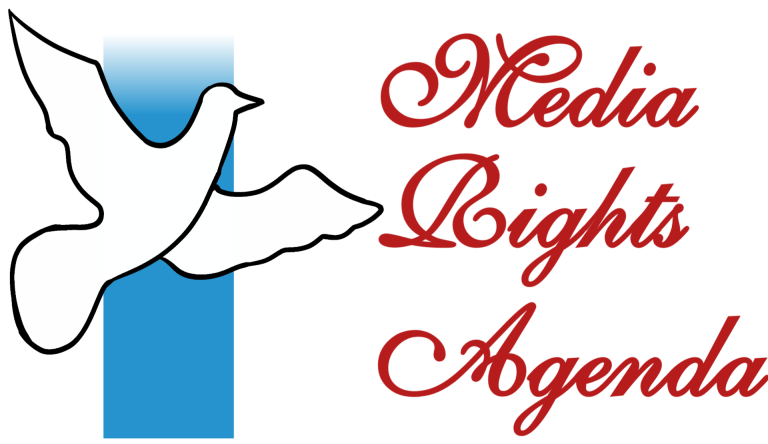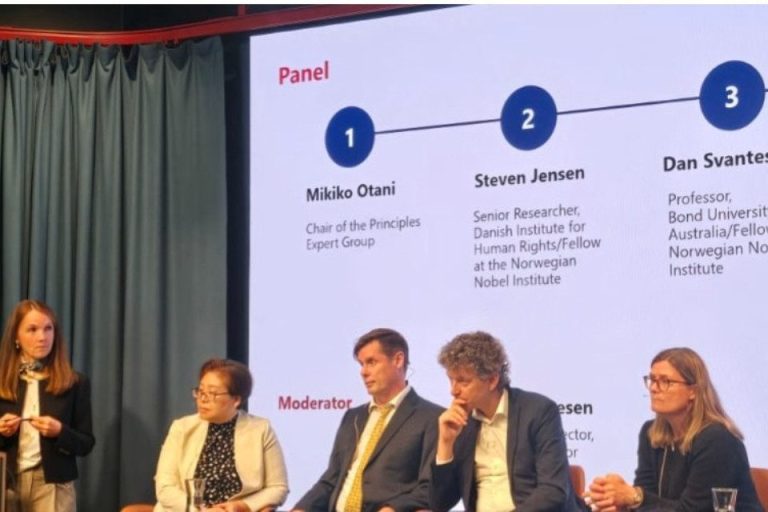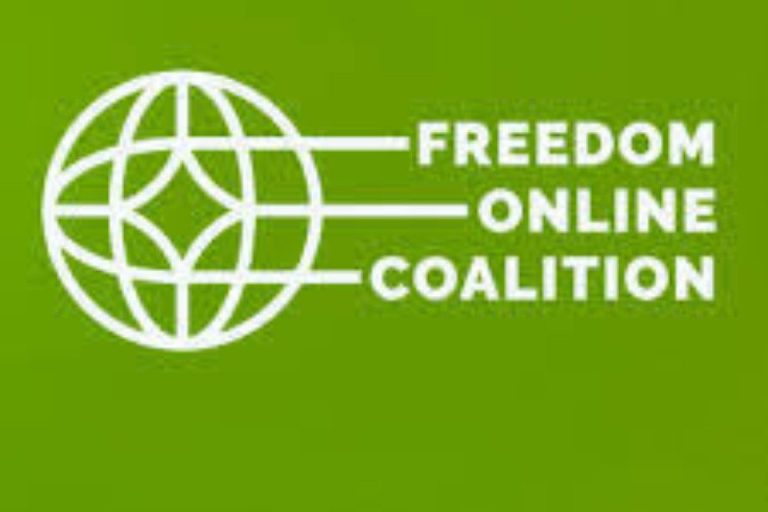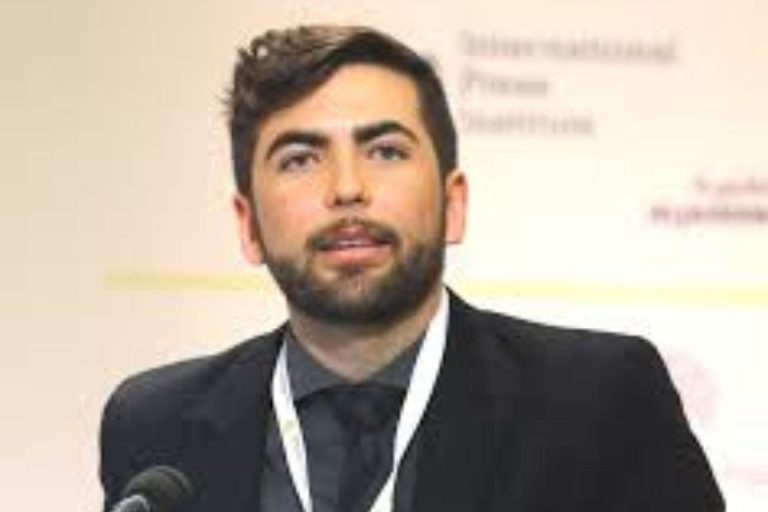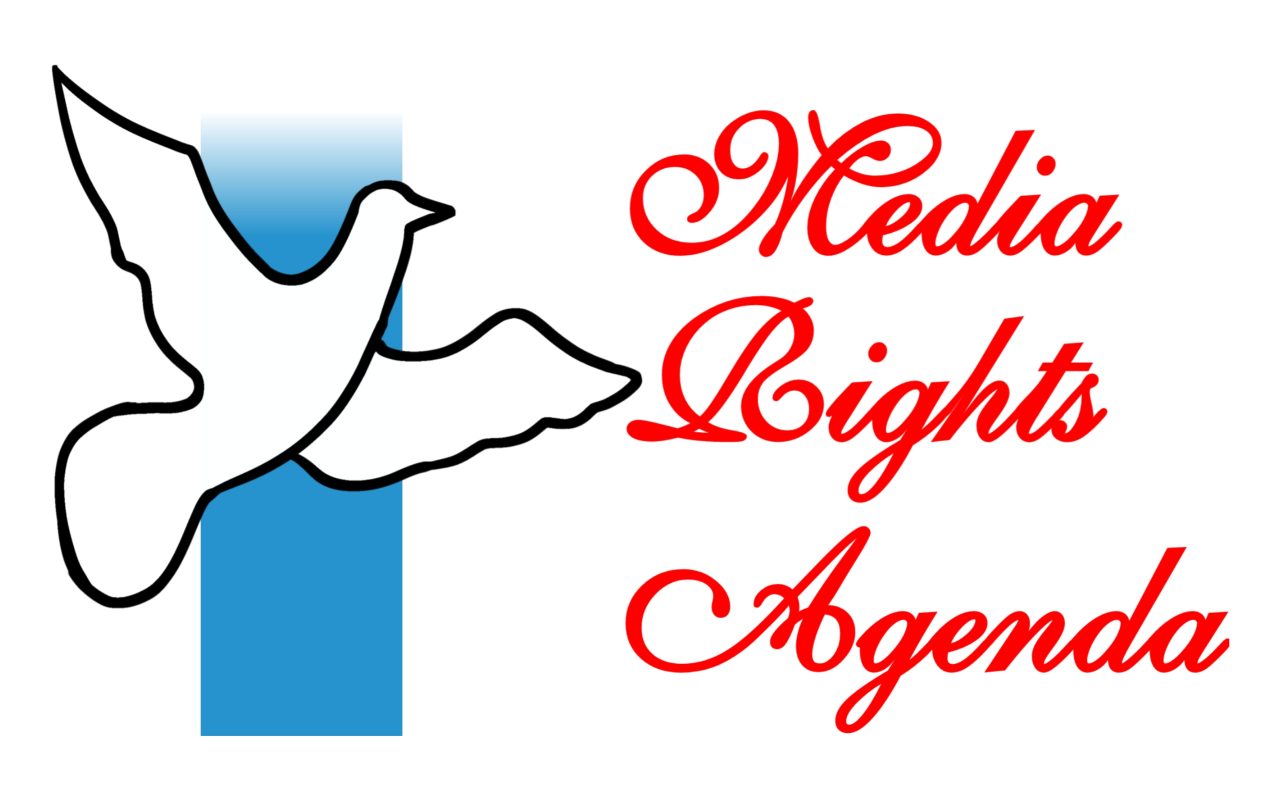
The Washington D.C.based Center for International Media Assistance (CIMA) has released a report on a debate going on among international donors over which funding models and approaches will be most effective in preserving independent journalism.
The report, titled “Supporti ng Media at a Time of Crisis: Donors Explore New Strategies,” is based on 27 interviews of both private and official donor agencies.It explores entry points for strengthening international cooperation in the media sector, among other salient issues.
Author of the report, Laura Schwartz-Henderson, examined how international donor priorities impact civil society outcomes as well as the mediating role of technology in enabling or disabling civic engagement and activism.
The report also examines the structure of the media development landscape, the diverse range of actors involved, and the varied ways that media assistance is defined as explained and justified across and within donor organizations.
It outlines how the institutional architectures and internal incentives of these organizations inhibit their abilities both to respond strategically to today’s complex media issues and to understand the demand signals coming from individual countries and civil society actors.
The report also proposes how donor organizations can overcome these institutional challenges by making ongoing commitments to, among other things, increase organizational capacity around media issues via internal learning, coordination, and advocacy; and invest in the development of sustainable media ecosystems at the national and regional levels.
Based on 27 interviews with representatives of both private and official donor agencies, the report examines the major obstacles and stumbling blocks to be avoided if global support to the media sector is increased.
The report harps on institutional impediments to effective aid, frequently related to limited human capacity and expertise in media at the donor organizations and misalignment of support and needs. The findings reveal that cross-donor collaborations currently being considered can help to address the shortcomings, though not without risks. It offers some important points for donors to contemplate as they collaborate to support international media development.
The report is part of a series exploring how to strengthen international cooperation, including through a critical look at its current deficiencies. At times, grant recipients can feel like they are responding more to donor country agendas, internal funding timelines, and bureaucratic decision-making structures than to local needs.
AymanMhanna, executive director of the Beirut-based Samir Kassir Foundation noted that: “It is a challenge for us to focus on our core missions to protect journalists at risk and promote independent media when most donors tie their media development funding to internal electoral priorities.”
“Donors have been prioritizing short-term projects that aim at countering violent extremism and addressing migration and disinformation at the expense of supporting long-term capacity building for independent, high-quality journalism – the sort of which contributes to building stable, secure, resilient, and well-informed societies.”
This report, based on 27 semi-structured interviews with representatives of donor organizations – public and private, bilateral and multilateral – has dual aims: To better explain the organizational dynamics within donor organizations, and shedding light on the nuts and bolts of the institutional frameworks and processes that structure internal decision-making, political will, and incentives around media aid.
The report also provides recommendations on ways donors can overcome the institutional challenges that prevent them from coordinating with one another and from providing more effective, long-term assistance.
